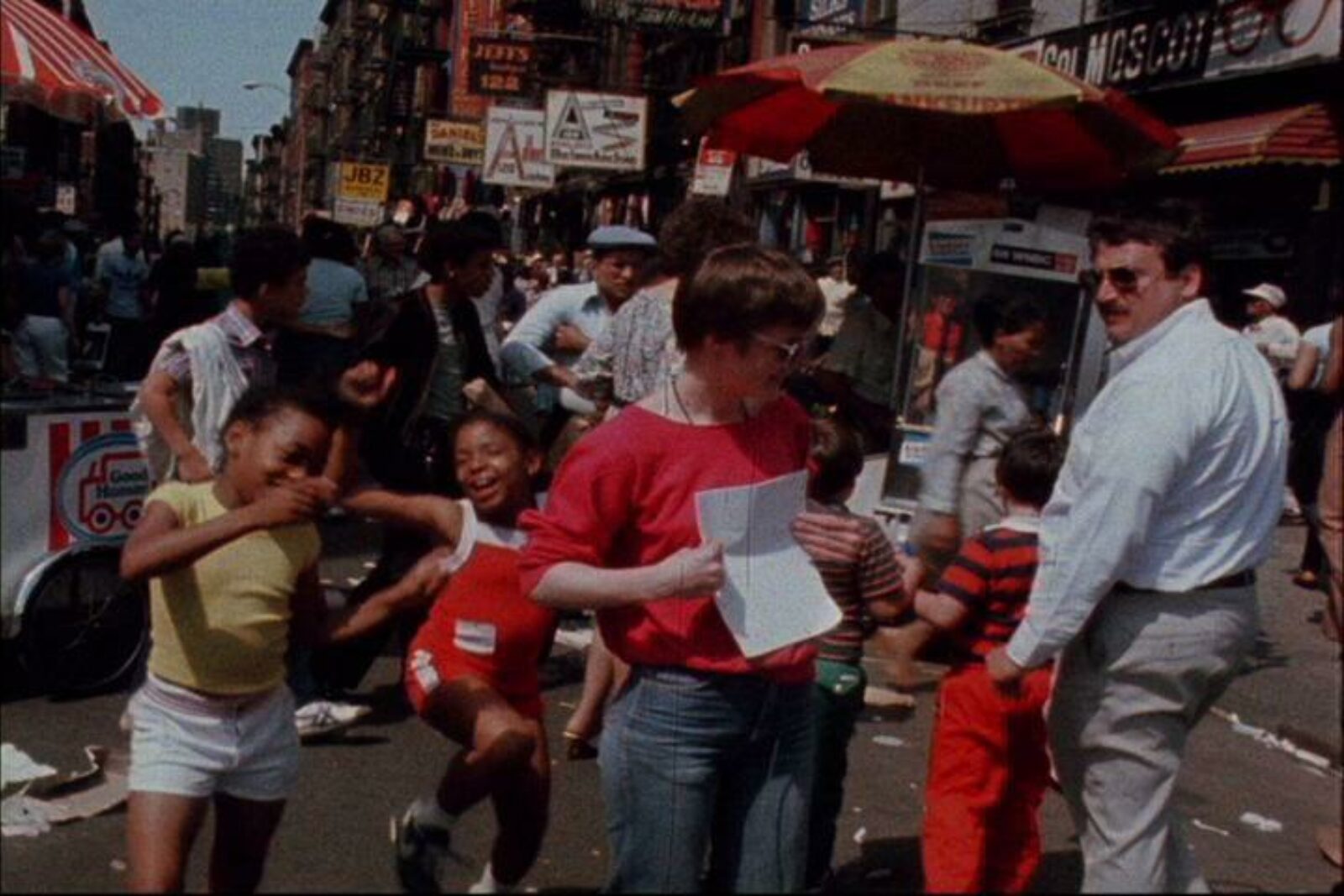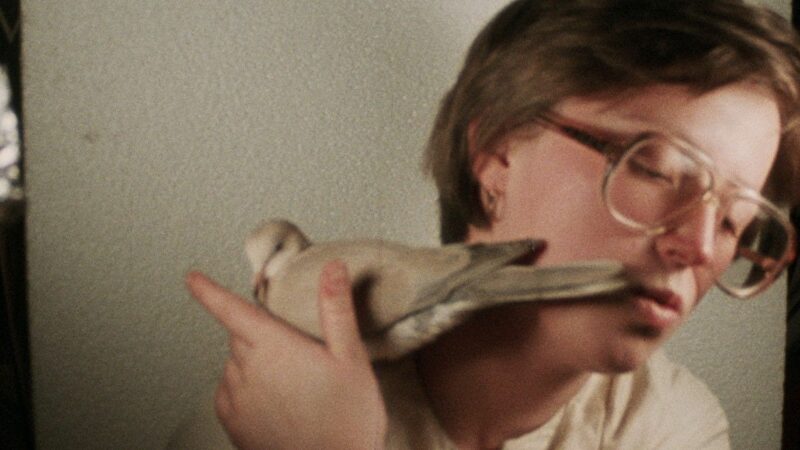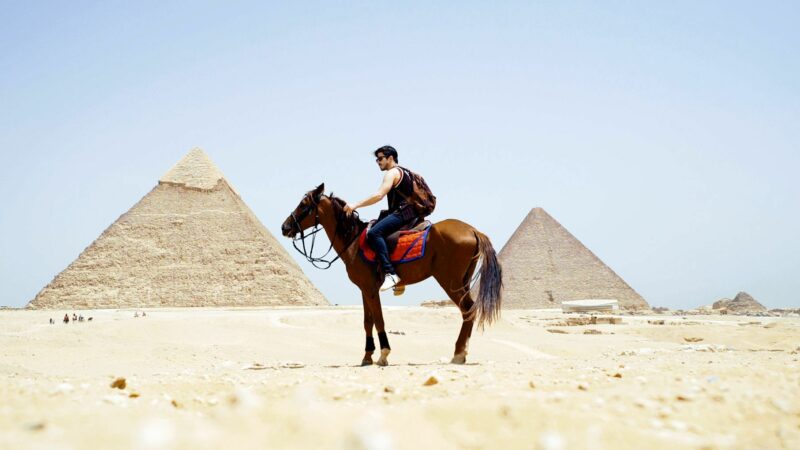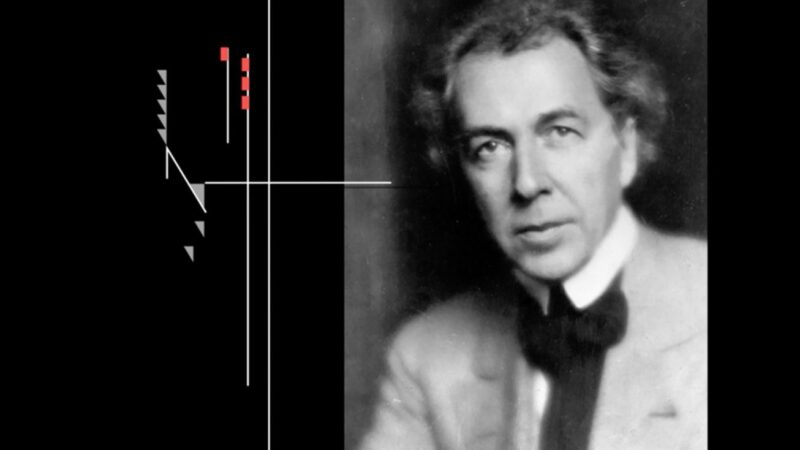
Carte blanche au MoMA : Eco City
The Museum of Modern Art’s film department accepted the Carte Blanche offered by FIFA by creating three thematic programs. The films, rarely presented in Canada, are mostly selected from MoMA’s own museum collections. The curated artworks are presented in the three following programs: At Home With…., Two Places and Eco City.
Curated by Sophie Cavoulacos, Assistant Curator, and Brittany Shaw, Curatorial Assistant, Department of Film, The Museum of Modern Art, New York.
Artists’ Cinema from The Museum of Modern Art, New York
Over The Museum of Modern Art’s eight decades of exhibiting, studying, and archiving wide-ranging motion picture practices, the artist-filmmaker has been a continuous interlocutor. Whether tied to artistic movements or pioneered by individual, adventurous, and experimental voices, films by artists constitute a vital counterpoint to the cinematic auteur in form and modes of viewership, exhibition and circulation. Eschewing the idea of a masterwork, the selection proposes a more open-ended and poetic experience of the MoMA film collection. Each of the three programs hold cinematic images as a set of social and spatial relations, in pursuit of new aesthetic, experiential, and political horizons. Through unexpected juxtapositions, new preservations, and rarely-seen works, the program hints at the multitudes of histories embedded within the Museum’s 30,000 titles, proposes connections between past and present, and celebrates those artists who model new ways of seeing.
MoMA’s Department of Film was established as the Film Library in June 1935, and in 1938 became one of the founding members of the Fédération Internationale des Archives du Film (FIAF). The department has an extensive archive of over 30,000 film and media works, including the world’s largest institutional collection of the works of Andy Warhol. Annual exhibitions include New Directors/New Films, Documentary Fortnight, The Contenders and To Save and Project, showcased across three theaters and a Virtual Cinema.
Program 3: Eco City
Referencing a long tradition of Land Art and landscape films while subverting it gently, this intergenerational selection studies the ecological, human and material core of spaces that are decidedly not pastoral. From corners of New York City to the suburban sprawl of middle America, from an ever-changing Lagos to an abandoned military site in Puerto Rico — what can cinema reveal about the built environment?
Swamp — Nancy Holt and Robert Smithson. USA. 1971. 6 min. English. Digital transfer of 16mm film.
Flushing Meadows — Joseph Cornell. USA. 1965. 8 min. Silent film. Digital transfer of 16mm film.
Money — Henry Hills. USA. 1985. 15 min. English.
In Order Not to Be Here — Deborah Stratman. USA. 2002. 33 min. English. Canadian Premiere.
Post-military Cinema — Beatriz Santiago Munoz. Puerto Rico. 2014. 11 min. No dialogue.
Apapa Amusement Park — Karimah Ashadu. Nigeria. 2013. 3 min. No dialogue.
Curated by Sophie Cavoulacos, Assistant Curator, and Brittany Shaw, Curatorial Assistant, Department of Film, The Museum of Modern Art, New York.
Artists’ Cinema from The Museum of Modern Art, New York
Over The Museum of Modern Art’s eight decades of exhibiting, studying, and archiving wide-ranging motion picture practices, the artist-filmmaker has been a continuous interlocutor. Whether tied to artistic movements or pioneered by individual, adventurous, and experimental voices, films by artists constitute a vital counterpoint to the cinematic auteur in form and modes of viewership, exhibition and circulation. Eschewing the idea of a masterwork, the selection proposes a more open-ended and poetic experience of the MoMA film collection. Each of the three programs hold cinematic images as a set of social and spatial relations, in pursuit of new aesthetic, experiential, and political horizons. Through unexpected juxtapositions, new preservations, and rarely-seen works, the program hints at the multitudes of histories embedded within the Museum’s 30,000 titles, proposes connections between past and present, and celebrates those artists who model new ways of seeing.
MoMA’s Department of Film was established as the Film Library in June 1935, and in 1938 became one of the founding members of the Fédération Internationale des Archives du Film (FIAF). The department has an extensive archive of over 30,000 film and media works, including the world’s largest institutional collection of the works of Andy Warhol. Annual exhibitions include New Directors/New Films, Documentary Fortnight, The Contenders and To Save and Project, showcased across three theaters and a Virtual Cinema.
Program 3: Eco City
Referencing a long tradition of Land Art and landscape films while subverting it gently, this intergenerational selection studies the ecological, human and material core of spaces that are decidedly not pastoral. From corners of New York City to the suburban sprawl of middle America, from an ever-changing Lagos to an abandoned military site in Puerto Rico — what can cinema reveal about the built environment?
Swamp — Nancy Holt and Robert Smithson. USA. 1971. 6 min. English. Digital transfer of 16mm film.
Flushing Meadows — Joseph Cornell. USA. 1965. 8 min. Silent film. Digital transfer of 16mm film.
Money — Henry Hills. USA. 1985. 15 min. English.
In Order Not to Be Here — Deborah Stratman. USA. 2002. 33 min. English. Canadian Premiere.
Post-military Cinema — Beatriz Santiago Munoz. Puerto Rico. 2014. 11 min. No dialogue.
Apapa Amusement Park — Karimah Ashadu. Nigeria. 2013. 3 min. No dialogue.
| Director | Nancy Holt, Robert Smithson, Deborah Stratman, Joseph Cornell, Beatriz Santiago Munoz, Henry Hills, Karimah Ashadu |


You would like



















